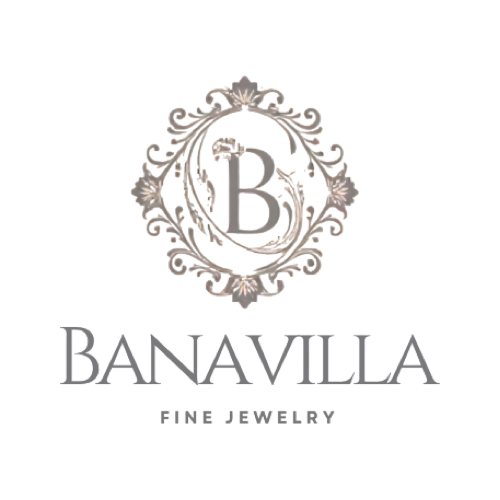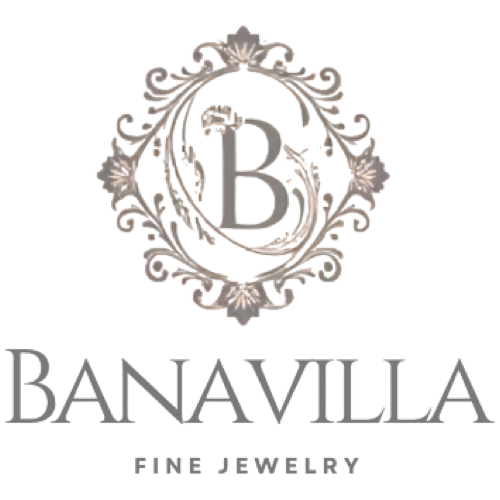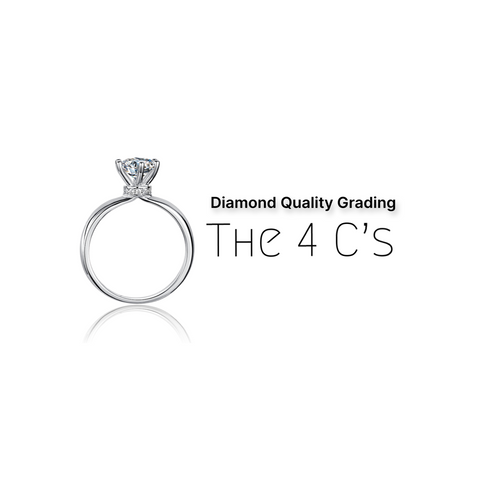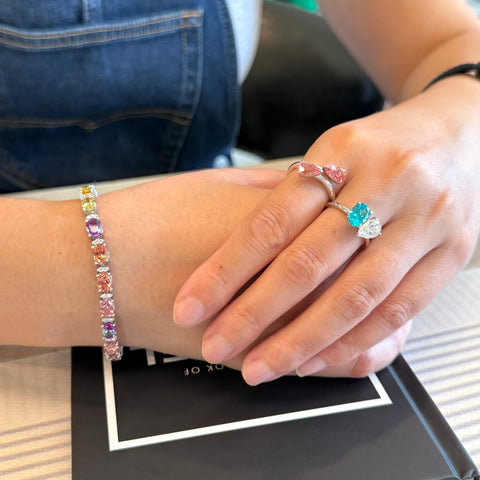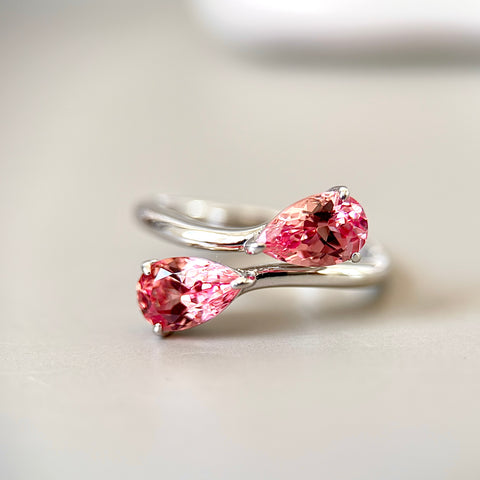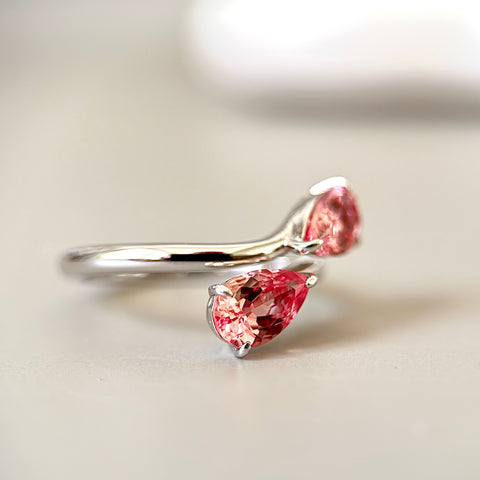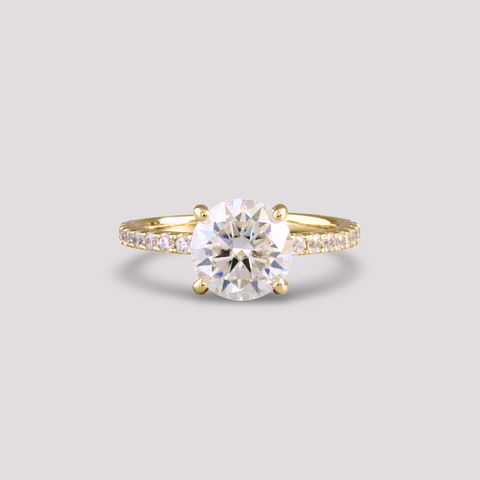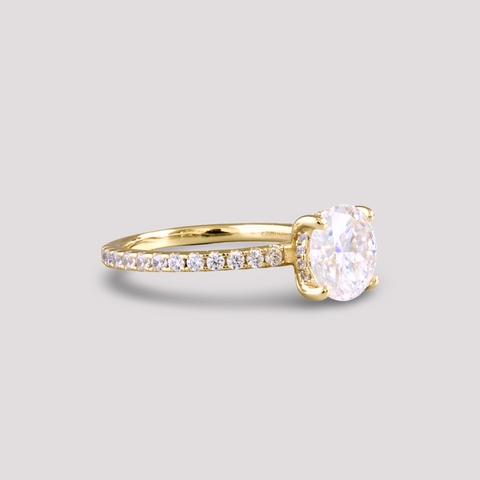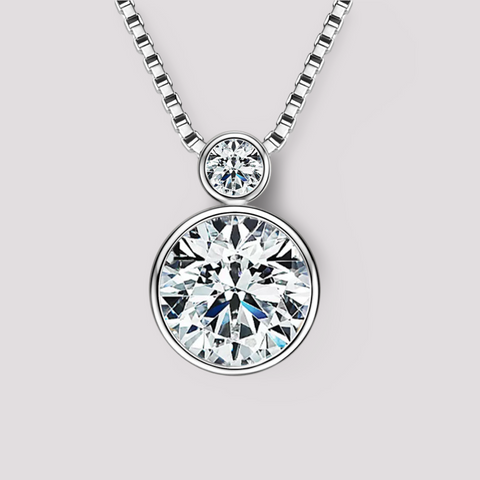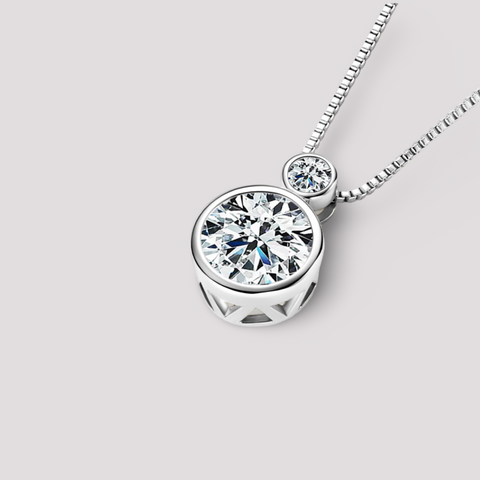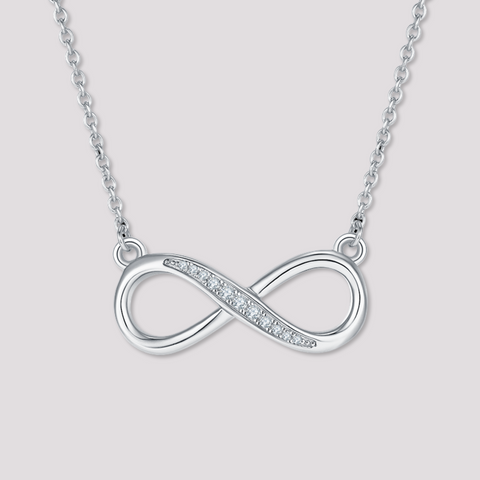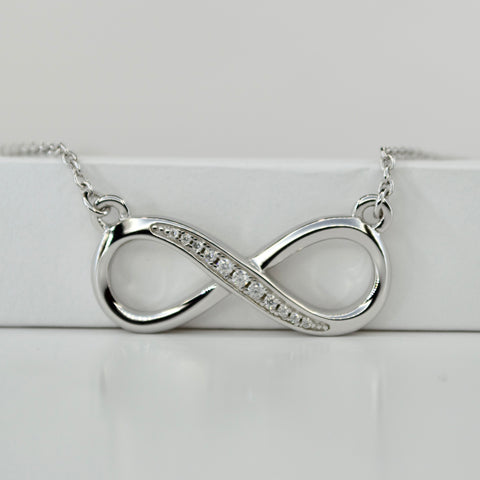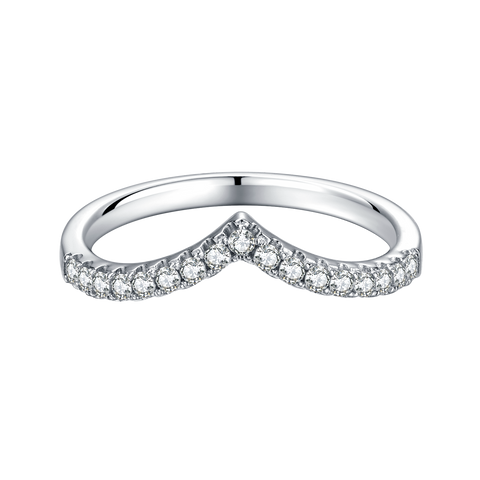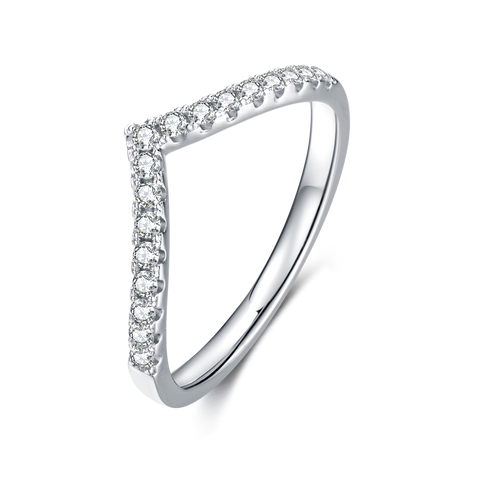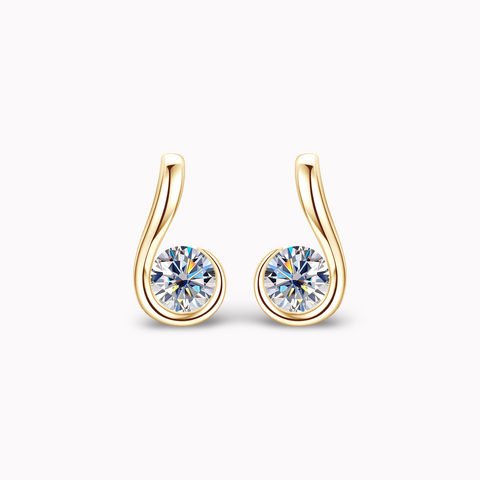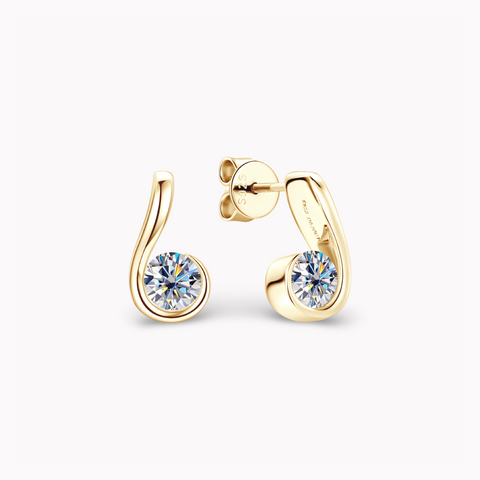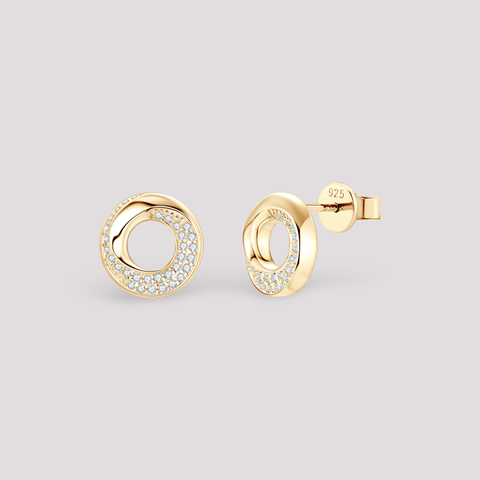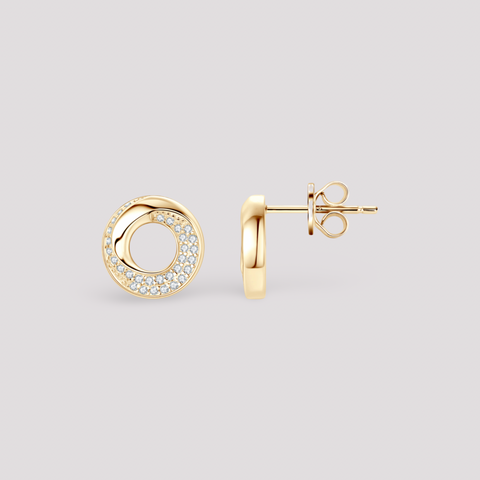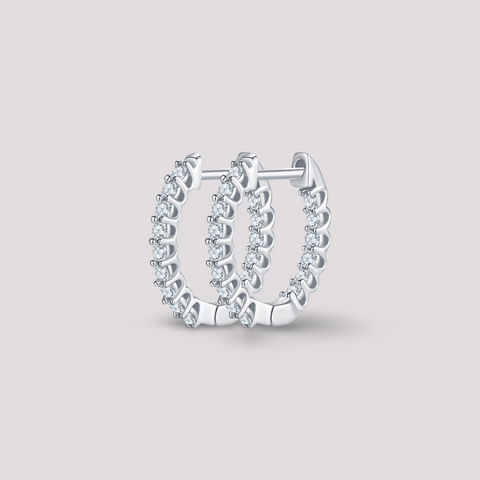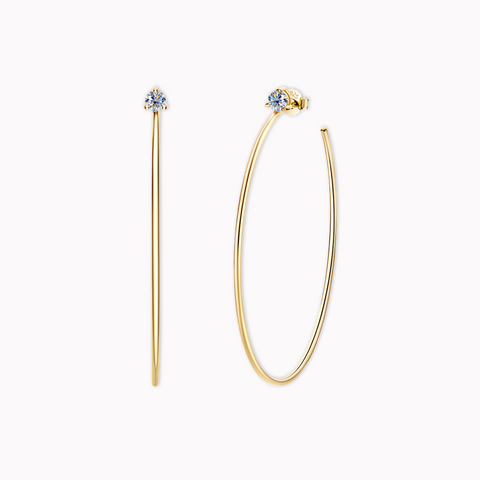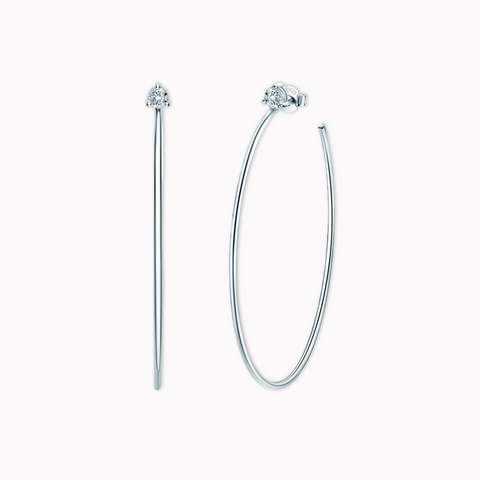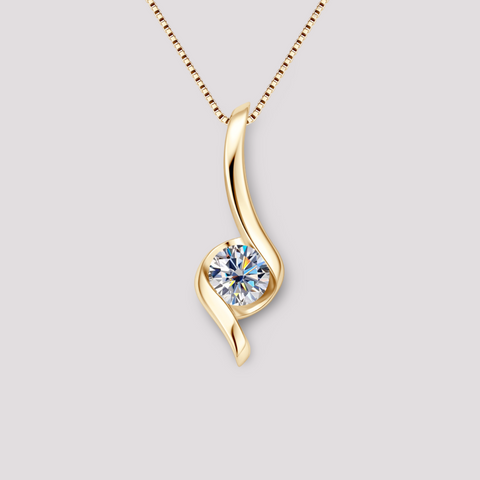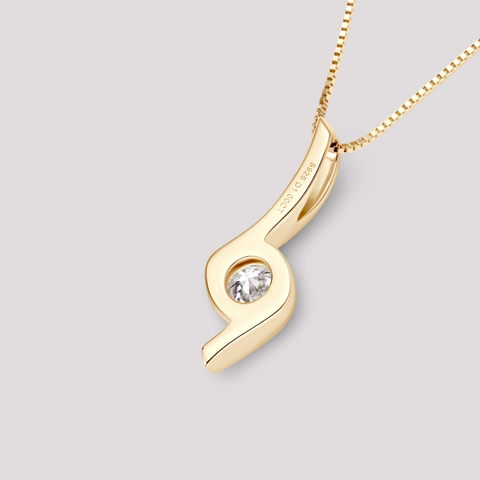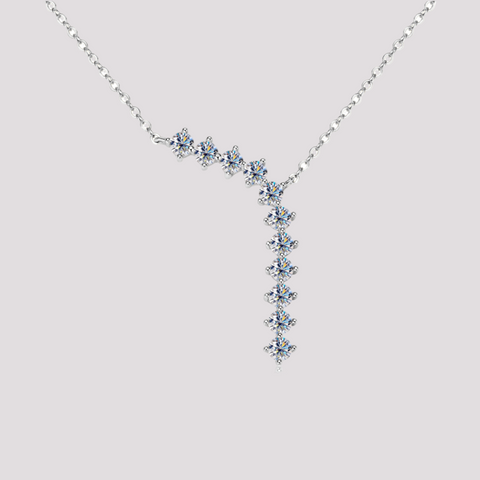Shopping for a diamond can be very time consuming, and frustrating if you don't even know what to look for in a diamond. The easiest and simplest way is to follow the "4C's" created by Robert M. Shipley the founder of Gemological Institute of America (GIA). The "4C's" has became the universal measure of the quality and value of a diamond.
What are the Four C's?

The Colors Of Diamonds
Diamond color is graded on a scale from D (colorless) to Z (light yellow or brown). The most valuable diamonds are those with the least amount of color, as they allow more light to pass through and are more rare.
 The Cut Of Diamonds
The Cut Of Diamonds
The cut of a diamond refers to how well it has been crafted and shaped from its rough form into a polished gemstone. It's not just about the shape (round, princess, etc.), but also about the proportions, symmetry, and polish. A well-cut diamond reflects light internally and externally, creating sparkle and brilliance.

The Clarity Of Grading
Clarity measures the presence of internal or external imperfections, known as inclusions and blemishes, within a diamond. Clarity is graded on a scale that ranges from Flawless (no imperfections visible under 10x magnification) to Included (imperfections visible to the naked eye). Diamonds with higher clarity grades are rarer and more valuable.

The Carat Weight
Carat weight refers to the size of a diamond, measured in carats. One carat is equivalent to 0.2 grams. Larger diamonds are generally more rare and valuable, although other factors such as cut, color, and clarity also play a significant role in determining a diamond's worth.

These four factors interact with each other to determine the overall quality and value of a diamond. For example, a well-cut diamond with excellent clarity and color may still be highly valuable even if it's smaller in carat weight. Conversely, a larger diamond with lower clarity or color grades may be less valuable despite its size. It's the balance of the 4Cs that ultimately determines a diamond's beauty and worth.
